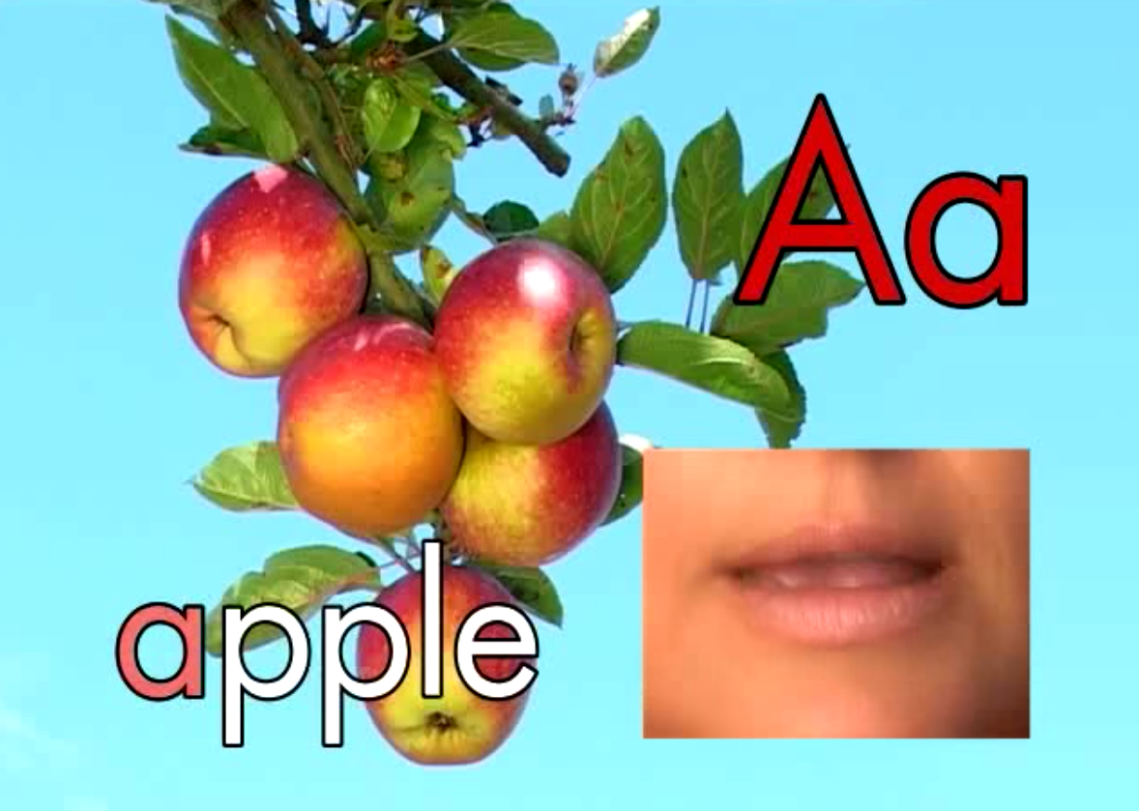Reading Bear is an excellent resource I used consistently while teaching elementary school in CA. The site has been developed by one of Wikipedia’s co-founders, Larry Sanger. While it’s aimed at students aged 4-7, it is extremely beneficial for younger children showing an interest in reading, and older children who are struggling with reading AND/or are new to English. That said, I can see it being very useful for adults who are emergent English speakers as well.
Why am I recommending this website? First off, it’s free AND has a clean design. It’s easy to use. Because of its affiliation with Larry Sanger and the WatchKnowLearn project, which is sort of a Pinterest for educational videos, the website is nicely structured, has no ads, and is easy to navigate.
The best way to learn about it is to play around with it. I believe you can register to track your child’s progress, but otherwise, there is no need to sign in. You can simply start using.
The site starts off with the link ‘First Learn the Letter Sounds’. This includes a selection of basic ABC songs, and also a 9 minute Youtube video embedded on this page for students completely new to English and don’t even know the alphabet. While teaching ELD, I had several students from Japan, Turkey, and Israel, who hadn’t even seen or heard any English before in their lives. The first few weeks were spent just getting to know their ABCs, and this video on Reading Bear really helped them to solidify their learning.

How it’s taught
After getting acquainted with the English aphabet , students progress to learning about short vowel sounds, consonant blends, digraphs, and more. The BEST part for me is the organization of material and mode of teaching. Students learn via a number of short videos which are all structured in a similar way. Videos can be paused, rewinded or fast-forwarded. If you’re doing it at home, pause the video and practice with your child.
They repeatedly pronounce the same word and even have a lady speaking it to show how her mouth moves with the sounds. The words are broken up and blended together to form a word. If the word is ‘map’, it is spoken several times. The letters are pronounced separately and then blended (m-a-p, map). There is a picture of a map for students to make meaning, and a sentence. When I see the sentence, I’ve usually paused the video, had the students re-read and explain it to me. You can also go to each video’s settings and choose it you want the words sounded out slowly or quickly. Attaching letter sounds to words with pictures and sentences helps students to learn organically. The visual connection here is a winner in my opinion, replacing a lot of dry chanting of letter sounds in the old school days (or maybe even now – eek!), when students were given long and boring lists of words to learn. Imagine being an English Language Learner, new to the country, being shell-shocked, and having to learn a list of words which meant nothing at all. Brutal.
Have a large whiteboard? Great!
I should probably mention that if you’re in a classroom setting and have access to a whiteboard (interactive or static) and a connection to a laptop, please display it on the whiteboard. Students are really engaged when they see this content on a big screen – they participate better. If you are at home on a smaller screen with fewer kids, that works too. In any case, plan to guide your children on how to use the website in the beginning, so that they can use it on their own later.
To summarize, Reading Bear is a wonderful website, easy to use, which uses various media to teach a student how to read. And best of all – it’s free. Give it a whirl and let me know what you think. If I missed something, drop me a line as well.
